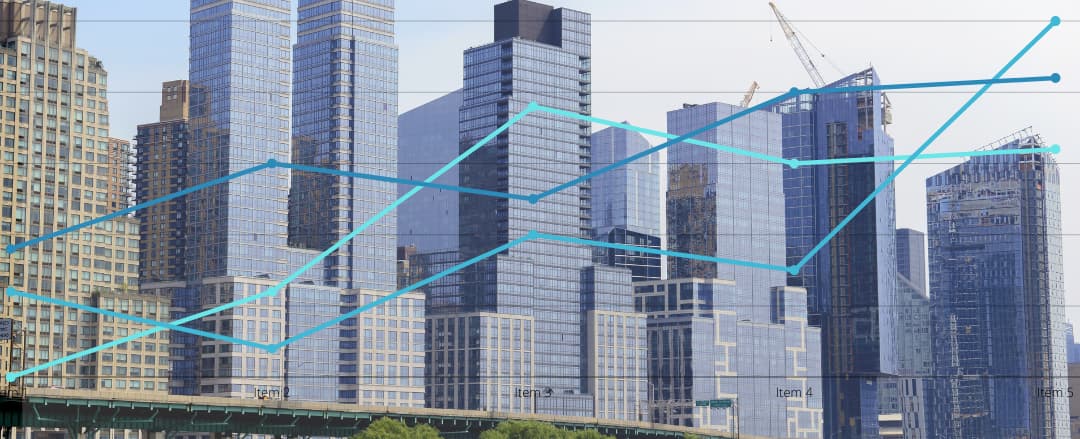Now that the pandemic has finally “passed”, many Texas organizations have focused on getting back to business as usual. Although challenging due to supply chain issues and manufacturing delays, many retailers have been reinvigorated by the return of consumers to storefronts. At the same time, many businesses which relied on a remote work arrangement are now requiring employees to return to the office. These are certainly positive signs that the commercial real estate recovery will continue in 2022.
However, the current economic conditions including inflationary pressures and increasing interest rates (especially mortgage rates) mean that growth will only be moderate. According to the National Association of Realtors (NAR) Commercial Market Insights – April 2022, despite a 7% increase in commercial real estate loans and capital goods orders, inflationary pressures will be the wildcard to watch. Although the specific impact on office and retail real estate is different, it is expected to be a year of moderate growth. To help clients, prospects, and others, Calvetti Ferguson has provided a summary of the key details below.
Office Real Estate
The cost of office rent continues to rise by 1.3% across all classes. For Class B/C office buildings, the growth rate is higher at 2% and overall rents while Class A office space continues to struggle. Since vacancy rates are higher (16%) over Class B (11%) and Class C (5%), supply continues to outpace demand making it difficult for rent growth to occur. Concurrently, the overall vacancy rate has not changed, but rent growth has increased by over 2% and price growth by 2%.
As businesses continue to require workers to return to the office, it is expected that office space demand will offset the decline from new business startups. At the same time, limited new construction (150M square feet) will only help to stabilize demand. Unfortunately, this also means that vacancy rates will not decrease as many had hoped. In fact, overall, it will hover around 10% for the coming months. Not surprisingly, the consistent vacancy rates mean rent price and growth will not increase.
Retail Real Estate
The cost of retail rent continues to rise across the board. Strip mall rents are up 4.7%, neighborhood centers 4.6%, and malls 3.8%. Concurrently, the vacancy rate decline over the same period is minimal, rent growth rates dropped 1.5%, and price growth dropped by only .5%. Given that most locations are still recovering from the COVID disruption, it is not all bad news. In fact, the Dallas Fort Worth market makes the list of the top 25 metropolitan areas with the highest retail rent growth rate of 6.3%.
Despite rising rents, inflationary pressures and rising interest rates may hamper continued growth. As consumer demand declines many retail locations, especially those in traditional malls, will be impacted. Reduced sales and dwindling demand mean it will be more challenging for these retailers to accommodate larger increases in rent prices.
Strip malls are a very different story because of the type of retail locations. Often, strip malls have either neighborhood centers or discount retailers offering essential and personal need items. These retailers will be largely isolated from changing consumer behavior because the demand for such items will likely increase. This reality means that rent prices for strip malls are less likely to be impacted over the coming months.
It is expected that the combination of rising inflation and interest rates will force consumers to cut back on spending on retail goods. This will certainly impact retail real estate owners, but it is expected to impact malls more sharply than other retail locations, especially strip malls that often rent to a different type of retailer. This is reflected in the high rent growth rate mentioned above.
Despite these conditions, rent growth rates across the board will not decline significantly. Since there is very little new retail construction underway, retailers will need to select from existing properties. Once retail construction kicks back up, it is likely there will be some change, but for now, retail real estate owners will be protected.
Contact Us
The changing demand for office and retail space means opportunities for Texas real estate companies and developers. Although rent price and growth will be hampered by inflationary pressures in the short term, demand is expected to rebound in the coming years. If you have questions about the information outlined above or need assistance with a tax or accounting issue, Calvetti Ferguson can help.

